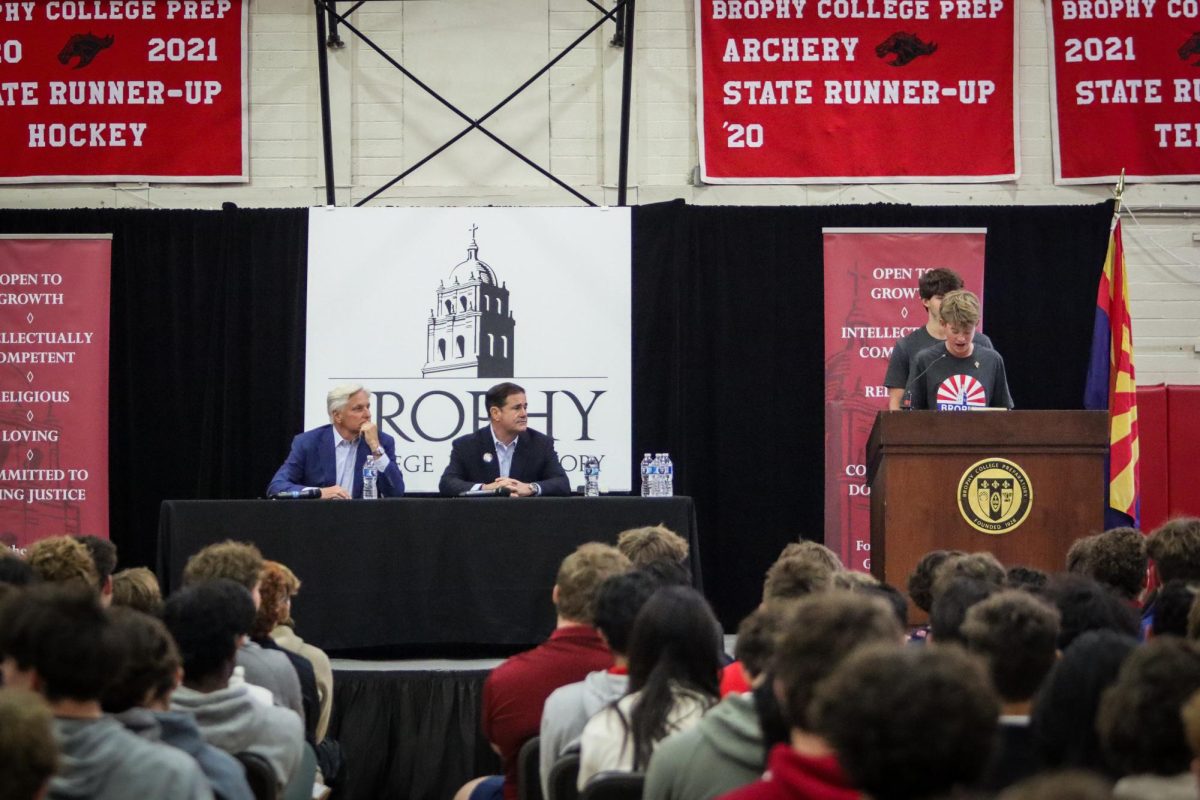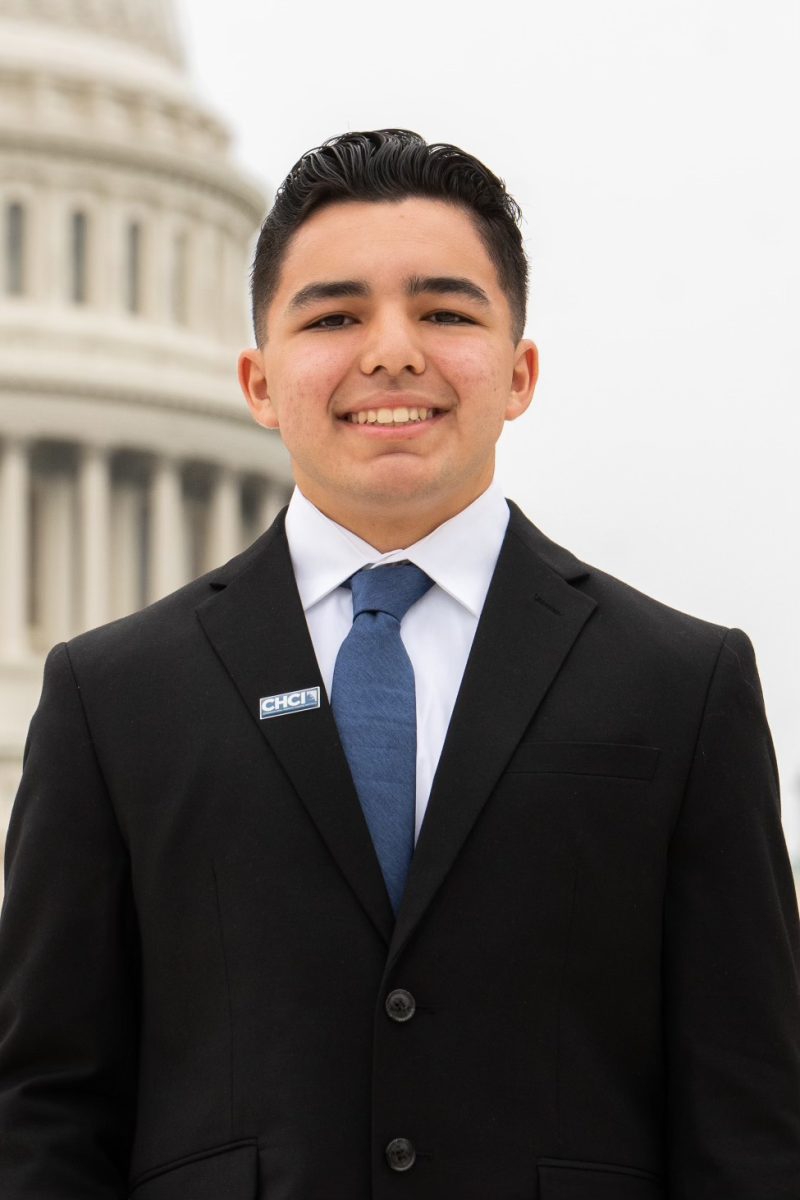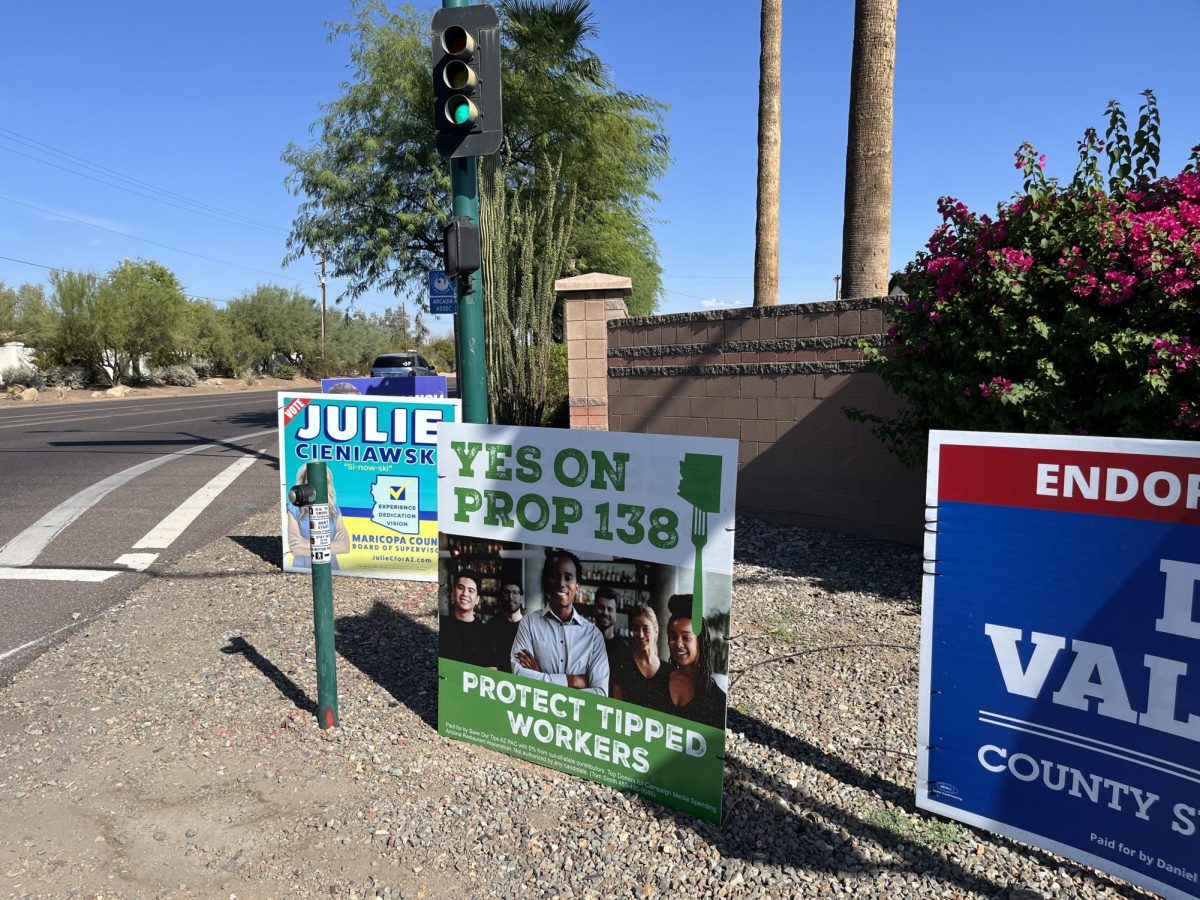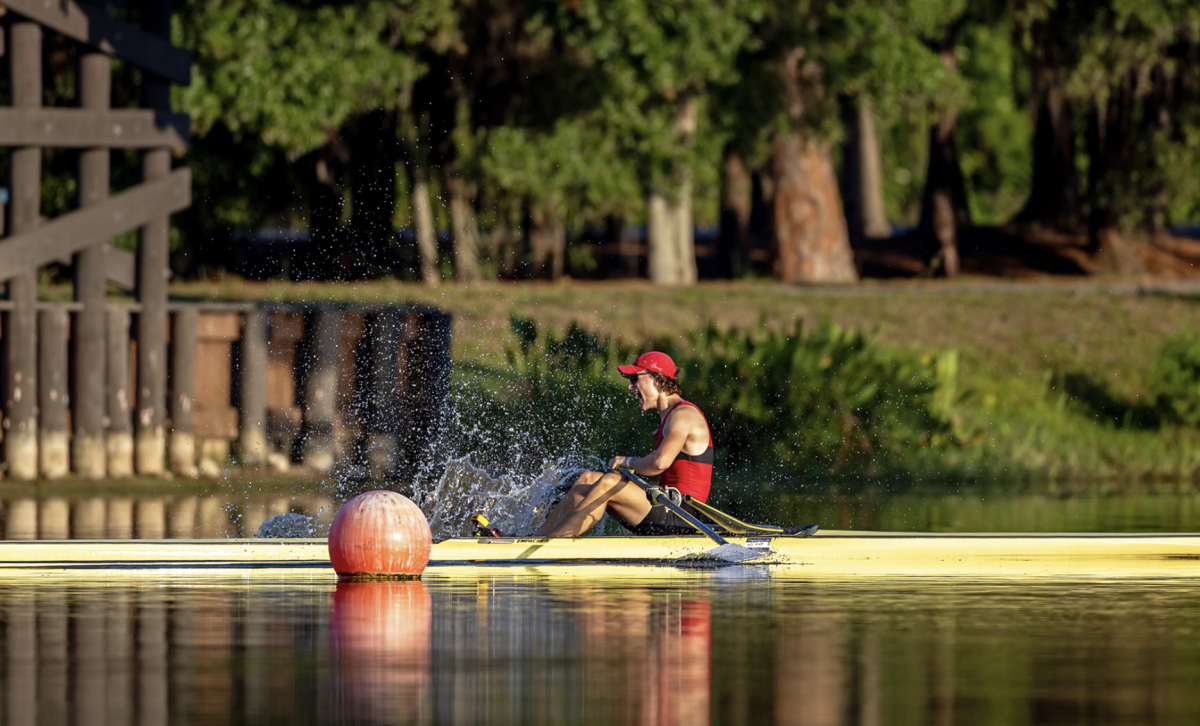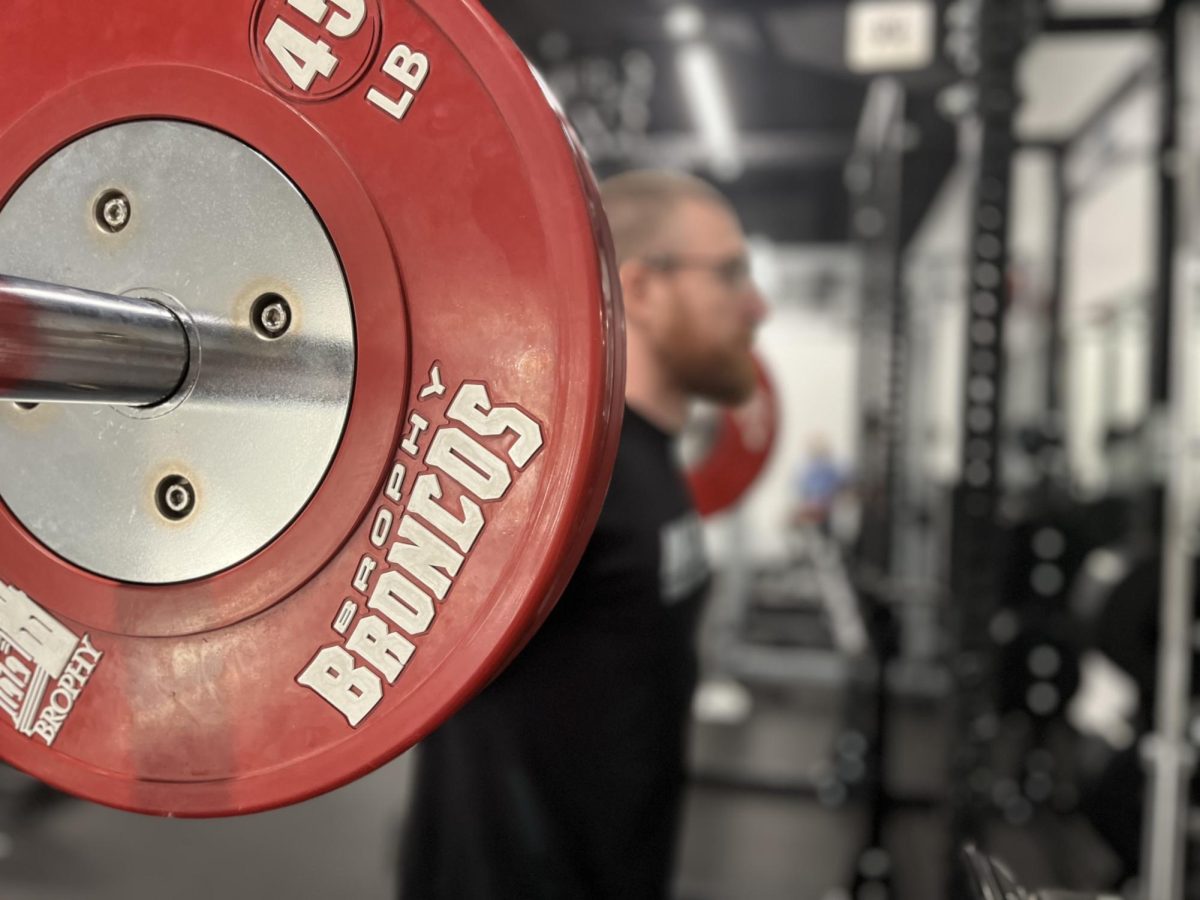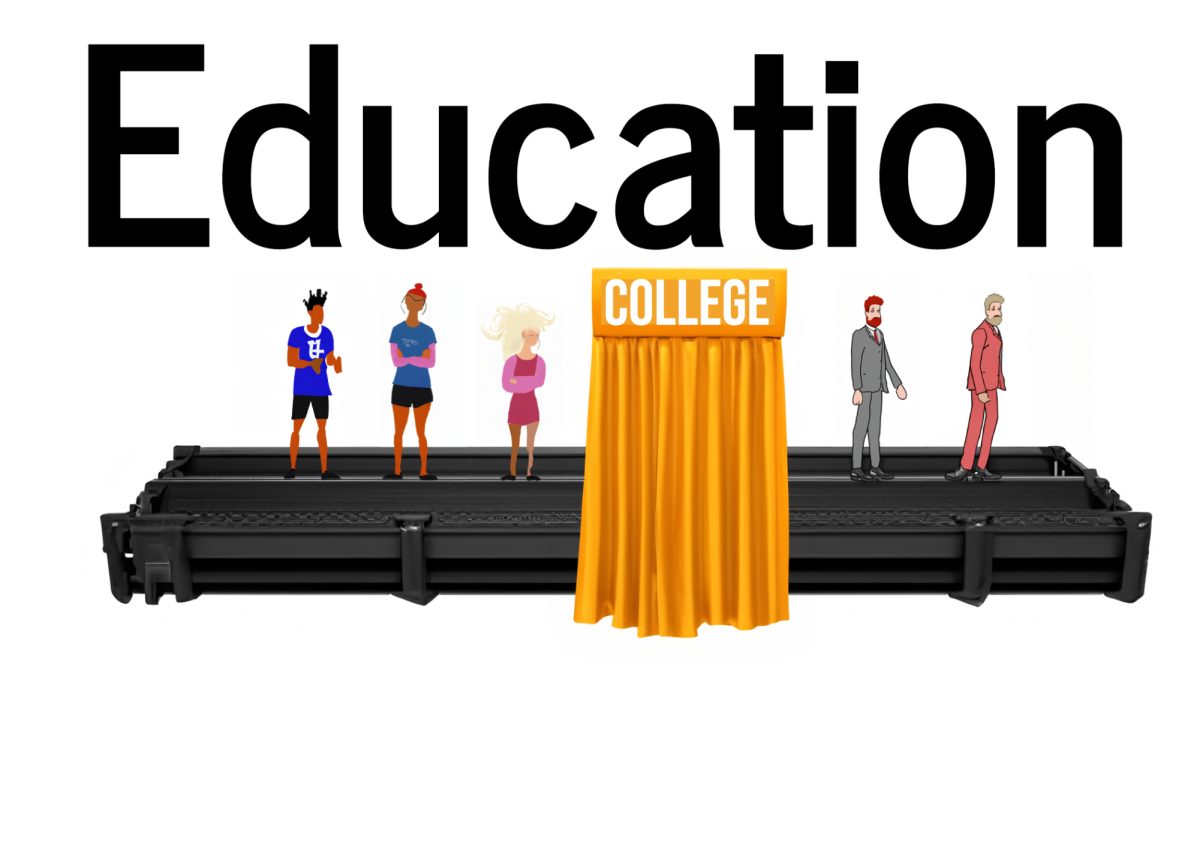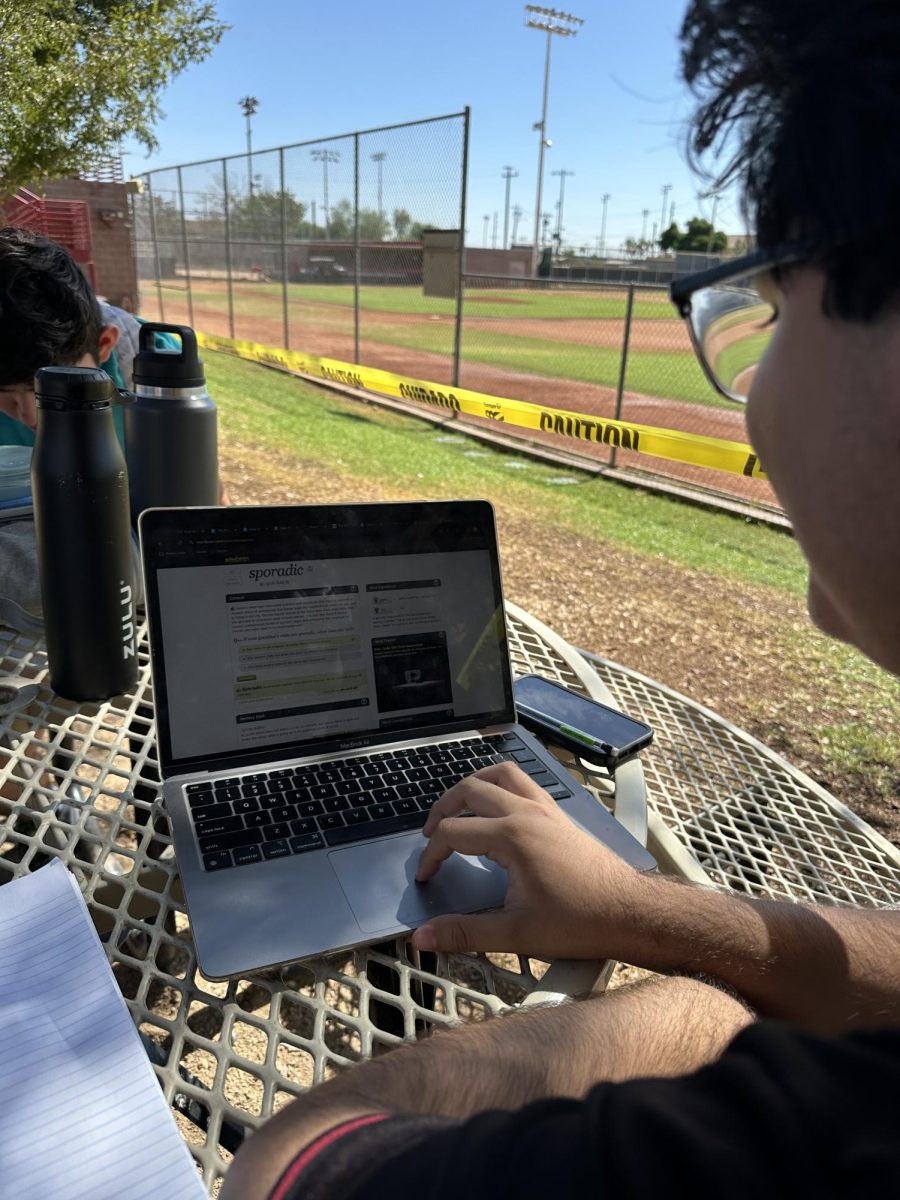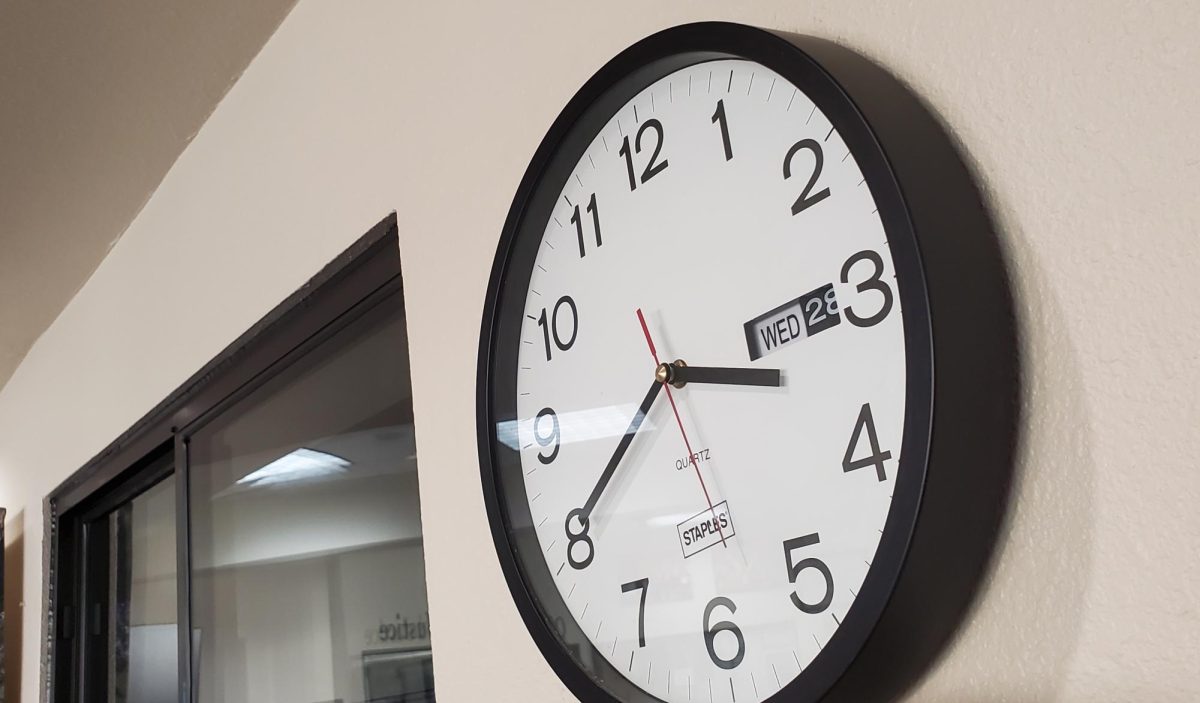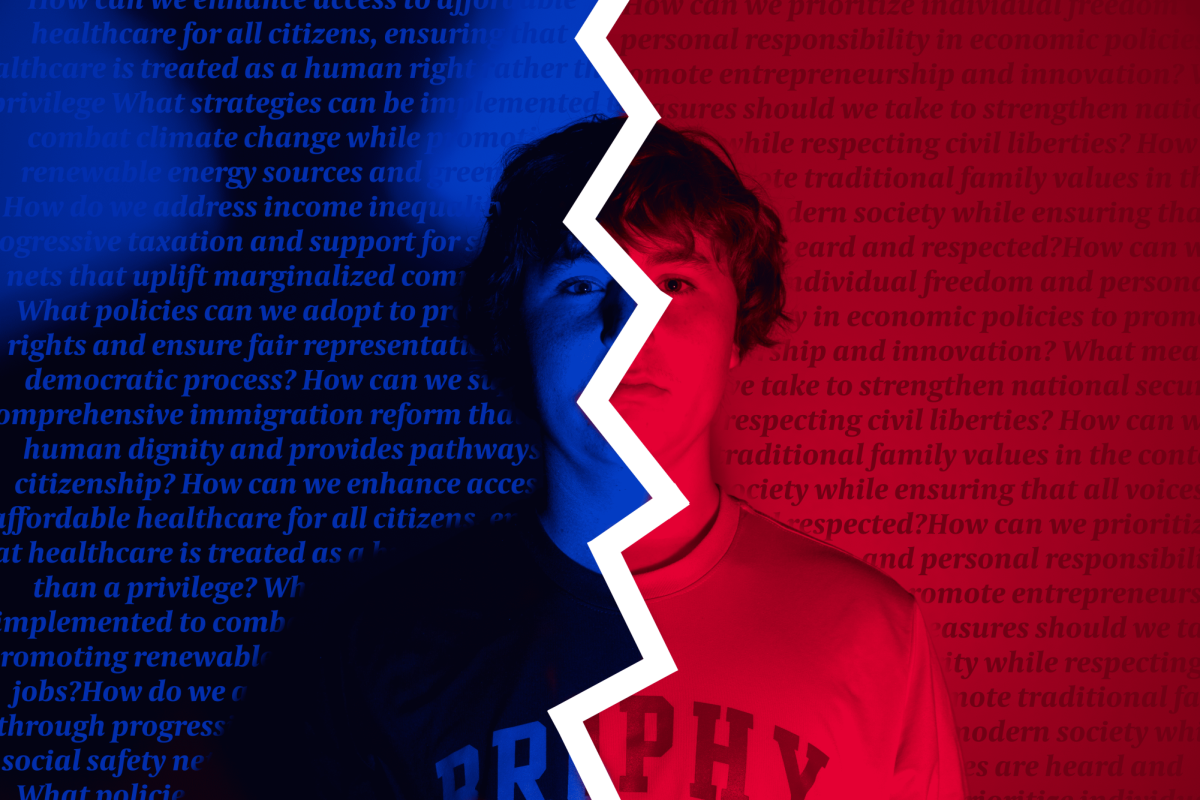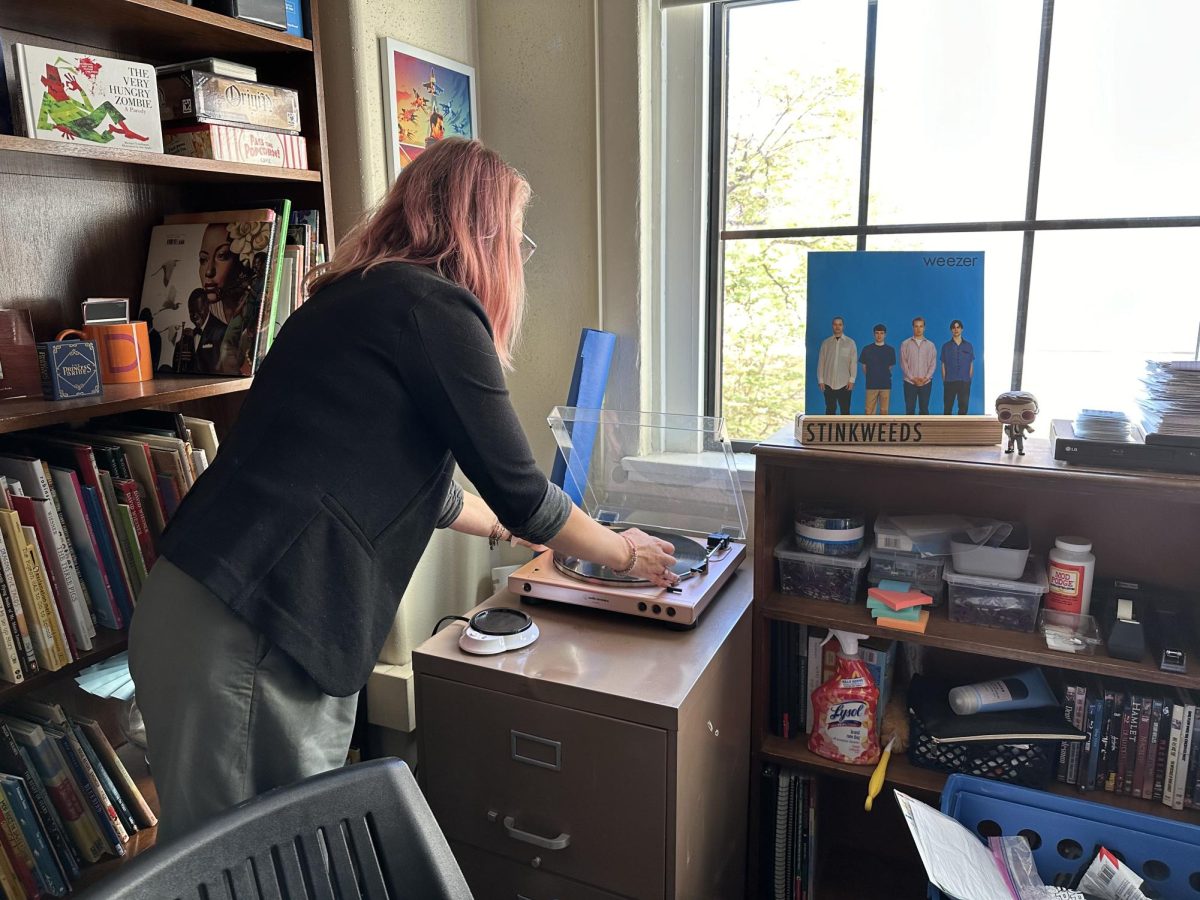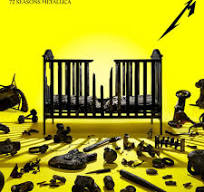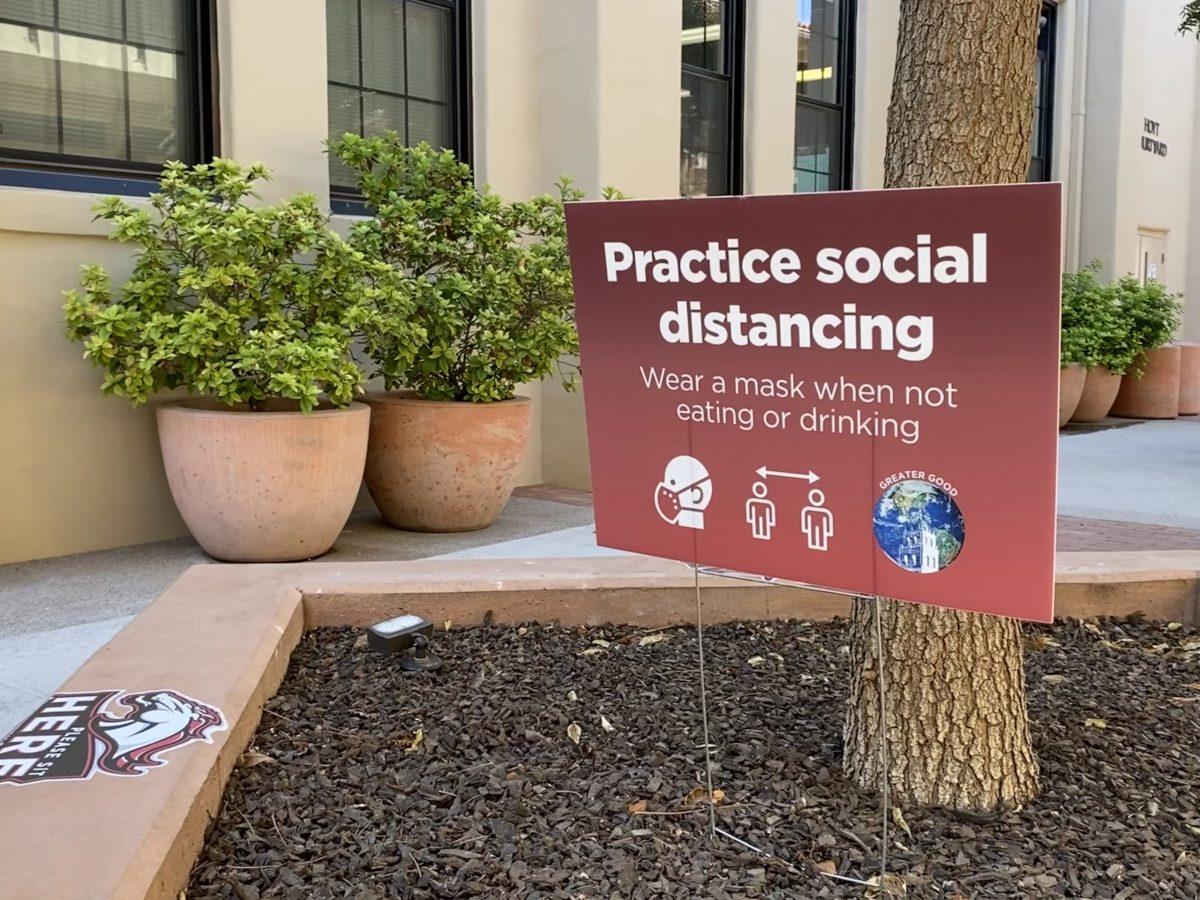William Gruwell ’21
THE ROUNDUP
As the world continues to struggle with containing the outbreak of COVID-19, the United States in particular has been under fire for an inadequate response to halt the nation. Arizona, under Governor Doug Ducey, has remained one of the least restrictive states in the country with limited mask laws mandated and minimal closure of businesses state-wide.
Ducey, who is serving his second term, has faced harsh backlash from all sides of the political spectrum. As of Sept. 18, 2020, there have been nearly 215,000 cases reported in the state.
Arizona has seen roughly 5,500 COVID-19 deaths, a staggering amount, enough to place the state twelfth worst in the country.
In Arizona, Ducey has passed multiple mandates to allow the state to reopen gyms, bars, salons, restaurants and more at a lower occupancy rate, a smarter decision than to keep all of those businesses closed. Countless businesses have shut their doors for the last time causing the unemployment rate to increase drastically.
In a recent statement written by the Mayo Clinic in response to mental health during the pandemic, the group stated, “Unemployment can lead to stress, anxiety, depression and other mental health challenges.”
Although keeping these businesses open does pose a greater risk of contracting the virus, the state is working heavily to practice social distancing and limiting capacity to keep any COVID-19 cases to a minimum.
Working to reopen schools for in person learning is another great thing the state of Arizona is pushing towards. In late August, the Arizona Education Association called for Governor Ducey to start crafting a plan to get students back in the classroom
Staying at home for school has largely been associated with depression, erratic sleep schedules and family tension.
Working from home encourages the student to wake up right before class and stay in bed for nearly half the day. While Brophy has different rules set in place to discourage these actions, such as requiring students to work at a table or desk, that can not be said for the countless other schools in the state.
Another reason Arizona working to get back in the classroom is beneficial is because the average American family is not used to having everyone working under the same house, creating a stressful environment for all involved.
It is no shock that the education a student receives online is not nearly as valuable as one someone receives in the classroom. For the sake of our future and students, it is also imperative that we receive proper in school education in a solid work environment.
Governor Ducey faced harsh backlash for initially closing businesses along with the rest of the country in the middle of March until the end of May. Upon being one of the first states to start reopening, cases soared and for the next two months Arizona was leading the nation in cases per day, being a hotspot for the Coronavirus.
After giving business owners the option to operate for those few months, he was given no other choice than to reinforce harsher laws in order to lower the staggering number of cases.
As the weeks continued under Ducey’s new restrictions, the daily average went down. Before the state could fully understand what had happened, Arizona quickly became a model for the country in limiting cases as we were reporting nearly 600 per day.
Arizonians work to limit cases in the state and put the nation on notice did not go unrecognized. “We saw in Arizona, which was a good example, they went up (in cases) and they started to really clamp down and do things right. And the cases came right down,” Dr. Anthony Fauci, the director of the National Institute of Allergy and Infectious Diseases, told CNN’s John Berman in an exclusive interview back in August.
As the days go on, Arizona is slowly but surely spearheading a now seemingly possible new normal. COVID-19 will not disappear that easily, and Arizona has done a great job in showing the world that we have been learning to live with the virus. Masks, distance and sanitizer are now a part of our daily life as citizens of Arizona, and it is now up to us to help slow the spread.

